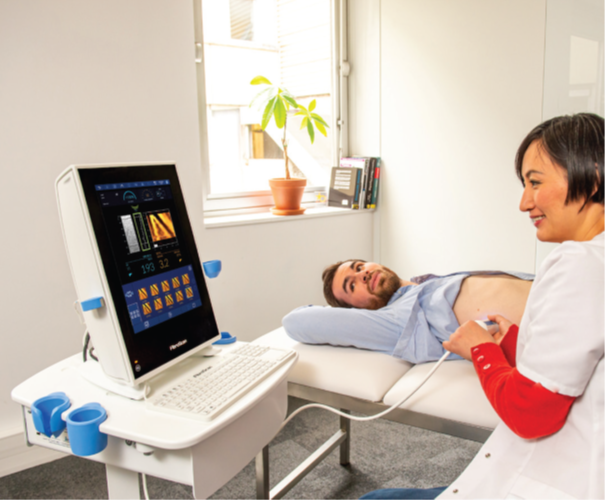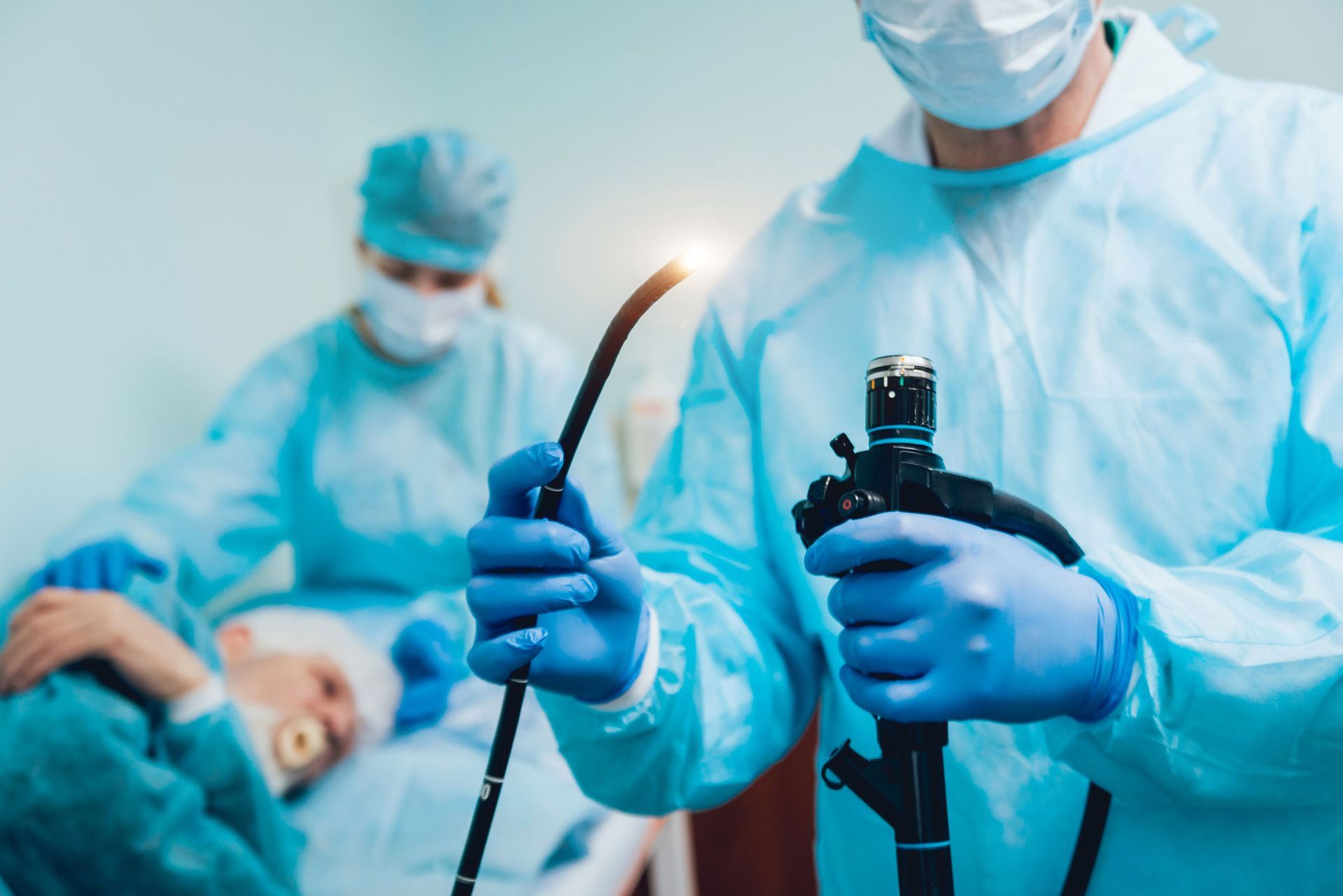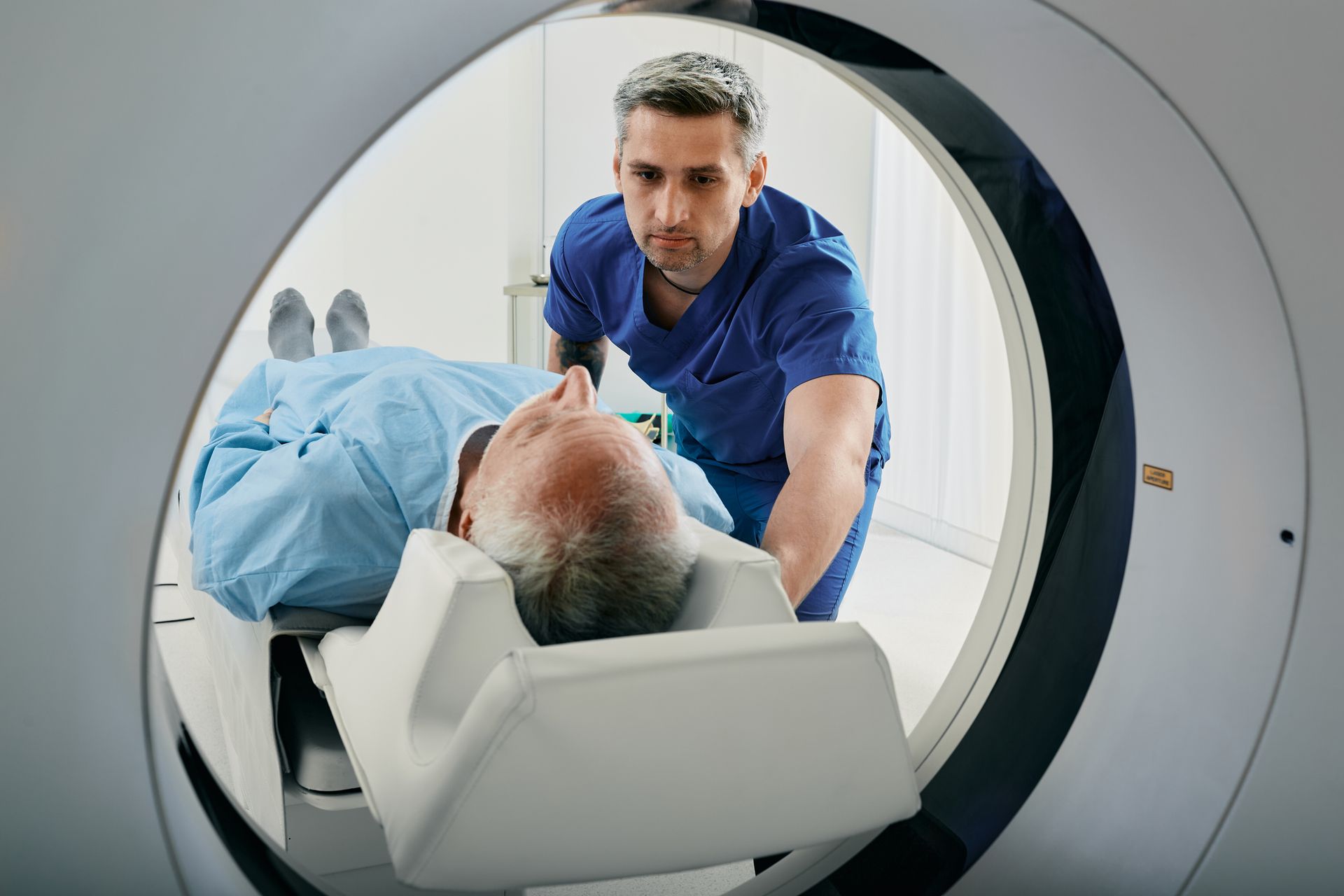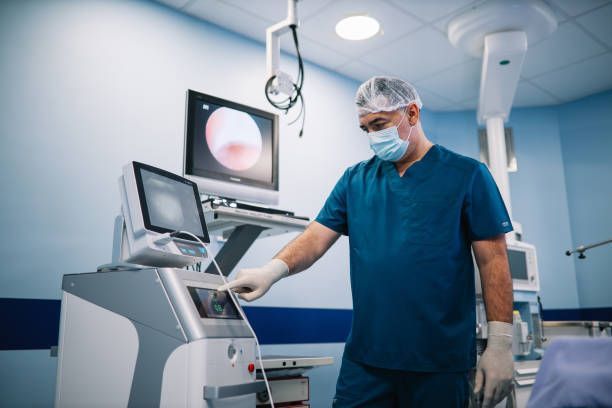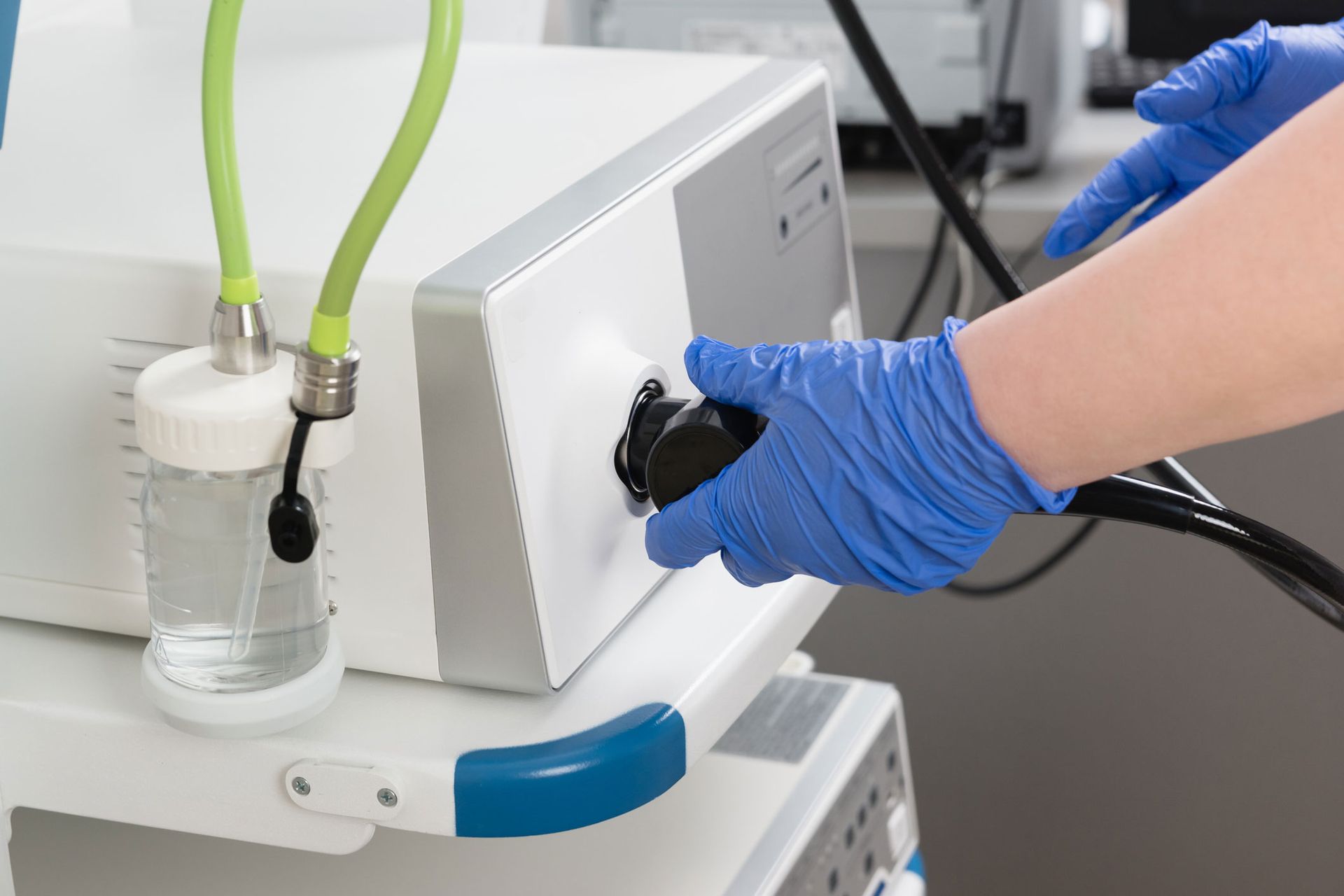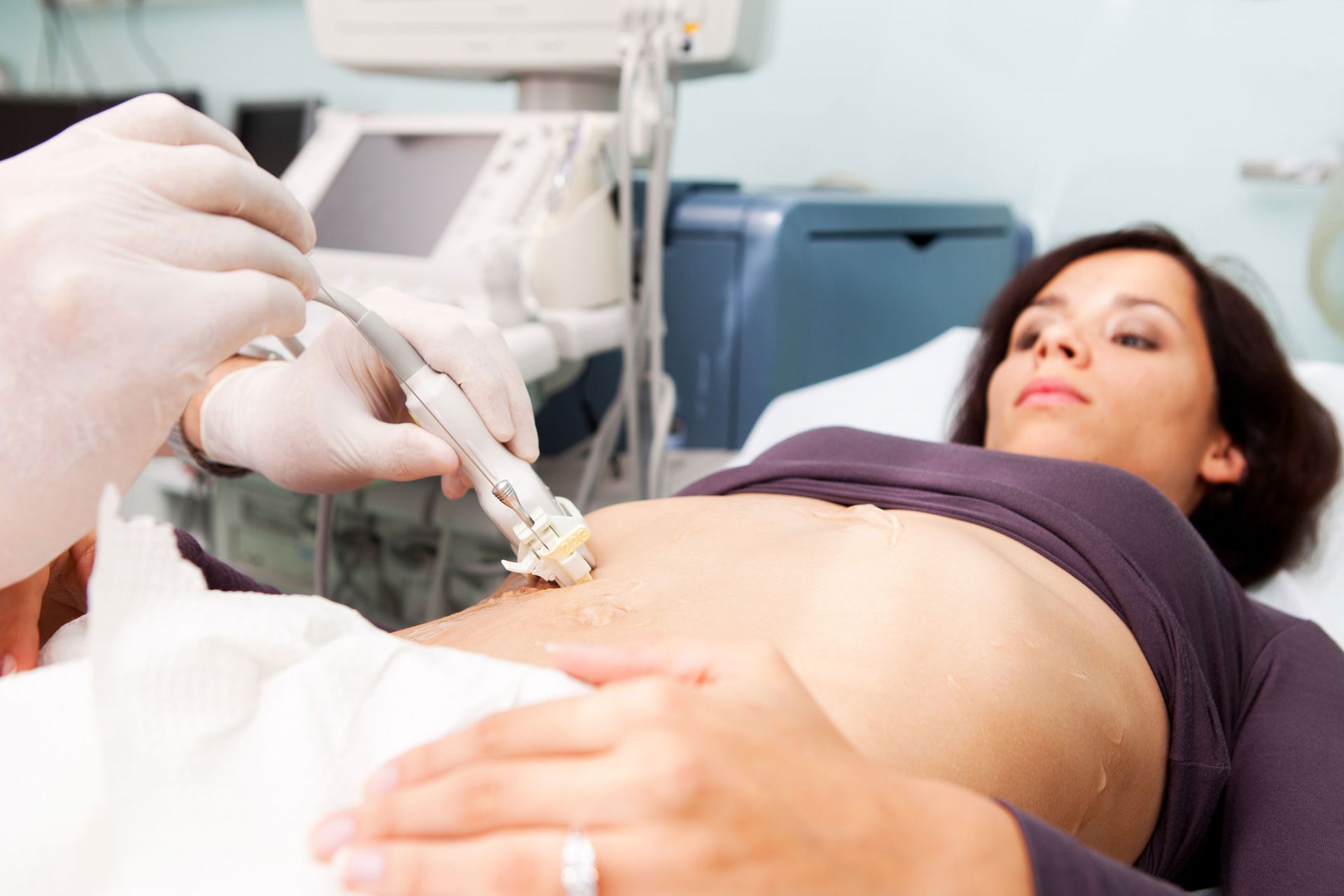EGD with PEG Tube Replacement
Percutaneous Endoscopic Gastrostomy (PEG) Tube Placement
PEG tube placement is a procedure during which a feeding tube will be placed into the stomach during an esophagogastroduodenoscopy (EGD). PEG tube placement requires that a very small incision be made in the abdomen through which the tube will enter the stomach for delivery of nutrition.
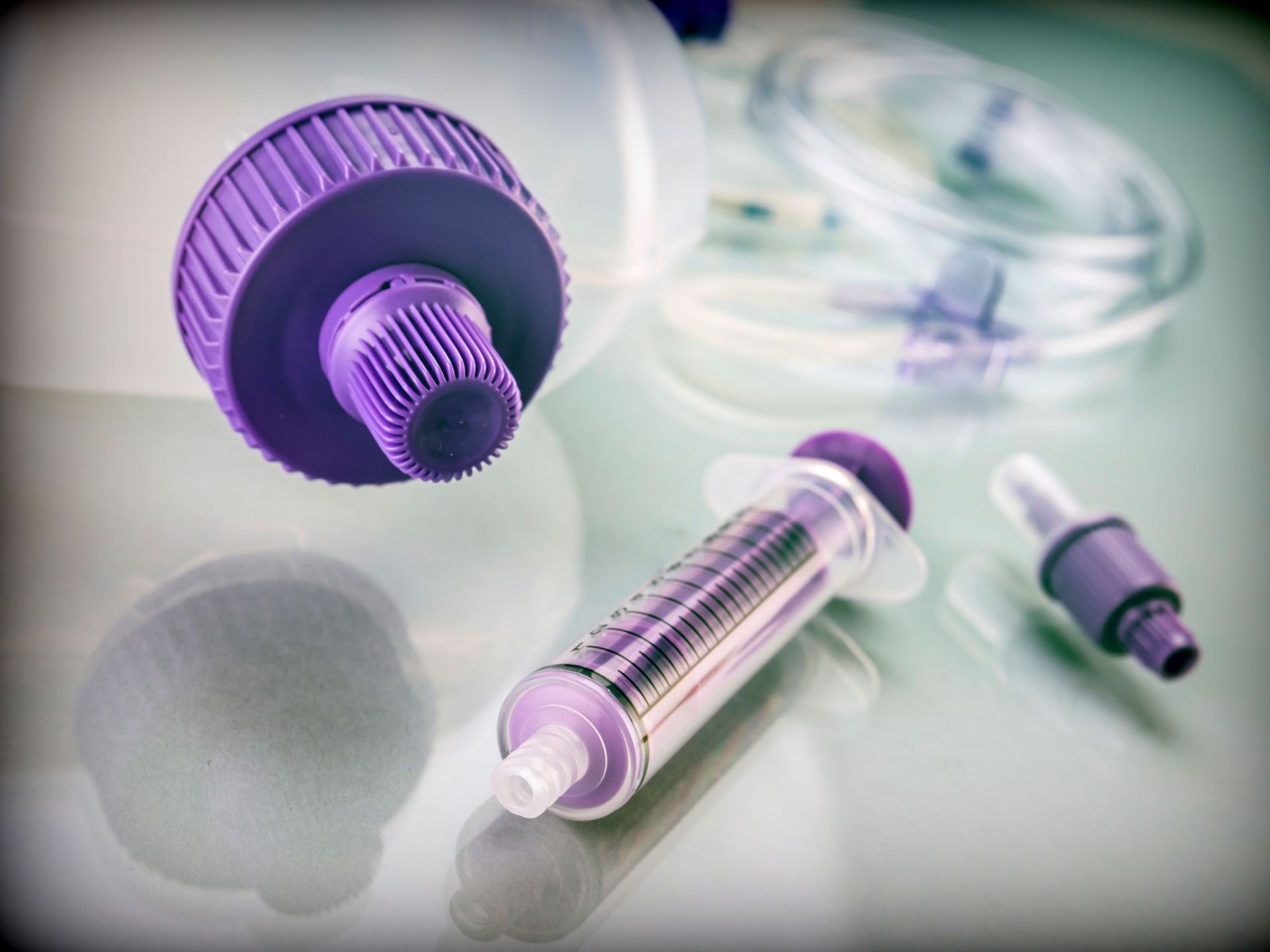
What to Expect:
An EGD is done to assist in this procedure. You will receive sedation for the procedure so you will need someone to drive you home, and who will remain in the building while you are here. The feeding tube is placed thru the gastroscope. Local anesthesia will be used at the abdominal site where the tube will exit the skin.
What Happens After:
After the procedure you will be transferred to a recovery area to be monitored. When you are awake and stable you will be discharged home. Post procedure you may have an abdominal binder in place. Instructions will be given to you and your family on how to care for the tube. Your physician will arrange for supplies to be delivered to your home if necessary.
The stomach and abdomen will heal in 5 to 7 days. Moderate pain can be treated with medications. Feedings will start slowly with clear liquids, and increase slowly.
The patient/family will be taught:
- How to care for the skin around the tube
- Signs and symptoms of infection
- What to do if the tube is pulled out
- Signs and symptoms of tube blockage
- How to empty the stomach through the tube
- How and what to feed through the tube
- How to hide the tube under clothing
- What normal activities can be continued
IMPORTANT REMINDER:
This information is intended only to provide general guidance. It does not provide definitive medical advice. It is very important that you consult your doctor about your specific condition.




